

The Order of the Garter
The insignia of the Order has gradually developed over the centuries, starting with a garter and badge depicting St George and the Dragon. A collar was added in the sixteenth century with the star and broad ribbon being added in the seventeenth century.
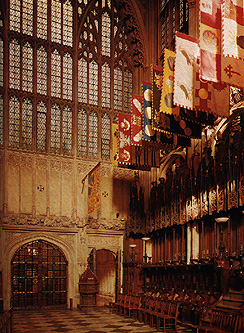
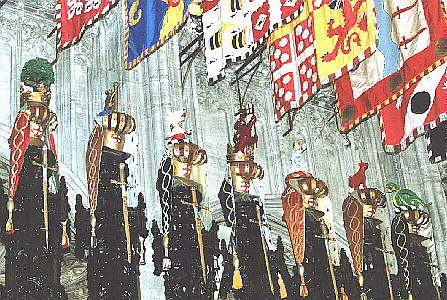
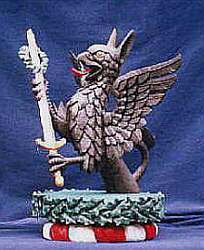
The griffin, for example, is Sir William Gladstone's crest
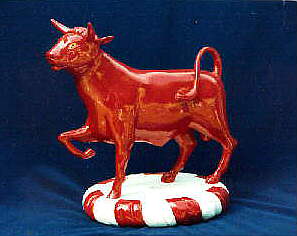
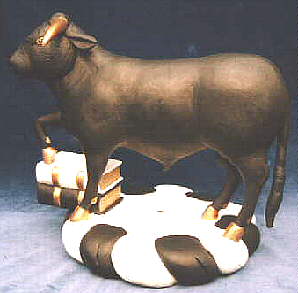
From 1674 onwards until 1805 services were held less frequently and during the remainder of the 19th century the life of the Order was restricted to Chapter meetings for investitures and elections normally held in London.
St George's Chapel Windsor
The Queen's Free Chapel of St George in Windsor Castle more commonly known as St George's Chapel was founded in 1475 by King Edward 1V as the chapel for the Order of the Garter and was eventually completed by King Henry V111 50 years later. St George's Chapel shares the distinction along with Westminster Abbey of being not only one of the most revered hallowed Royal shrines of the British Monarchy, but also one of the most beautiful buildings of its kind in the world, the Chapel belongs to the College of St George which is a self governing community of priests andlaymen.
source: http://www.heraldicsculptor.com/Garters.html
Parliament St., London


British Passport

The Order of the Garter is the highest English Order of Chivalry and is one of the most important of all such Orders throughout the world. It is however not the oldest. That is said to be The Most Ancient and Most Noble Order of theThistle which goes back (it is alleged) to Alexander III of Scotland in 1249. *
C Wilford Scott Giles M.A. writes:
*The Most Ancient and Noble Order of the Thistle is 200 years older than The Most Ancient and Noble Order of the Garter.
Members dress in a magnificent green mantle with majestic heraldic badges, and the Order has a Green Rod (equivalent to Black Rod) which is carried in procession to St Giles Cathedral in Edinburgh.
James VII of Scotland and II of England reintroduced the Order in 1687 to reward his Catholic supporters. Strangely - even today - the members of the Order are always Catholics
http://www.churchill-society-london.org.uk/garter.html
THE MOST ANCIENT AND MOST NOBLE ORDER OF THE THISTLE
Post-nominal letters: KT
Motto: Nemo me impunelacessit (No one provokes me with impunity)
Insignia of the Order of the Thistle (from top to bottom): Badge, Star, Collar and Badge
The insignia are:
(i) the STAR, consisting of a St Andrew's cross of silver embroidery with rays emanating between the points of the cross; in the centre upon a field of gold, a Thistle of green heightened with gold, and surrounded by a circle of green, having thereon the motto in letters of gold, Nemo me impunelacessit . (It is worn affixed to the left breast.)
(ii) The COLLAR of gold consists of thistles intermingled with sprigs of rue, pendant from the centre the St. Andrew of gold enamelled, with the gown green and the surcoat purple, bearing before him the cross enamelled white, and having round the image rays of gold going out from it in the form of a glory.
(iii) The MANTLE is of green velvet bound with taffeta and tied with cords and tassels of green and gold; on the left shoulder is a representation of the Star of the Order.
(iv) The BADGE (of gold enamelled) has on one side the image of St. Andrew with the cross before, enamelled as above described or cut in stone, and on the back enamelled a Thistle, gold and green, the flower reddish, with the before-mentioned motto round it, the Thistle on an enamelled green ground. (It is worn attached to a dark green ribbon passing over the left shoulder and resting on the right hip.)
(v) The HAT is of black velvet, ornamented with white osprey plumes.
http://www.debretts.co.uk/etiquette/order_of_the_thistle.html